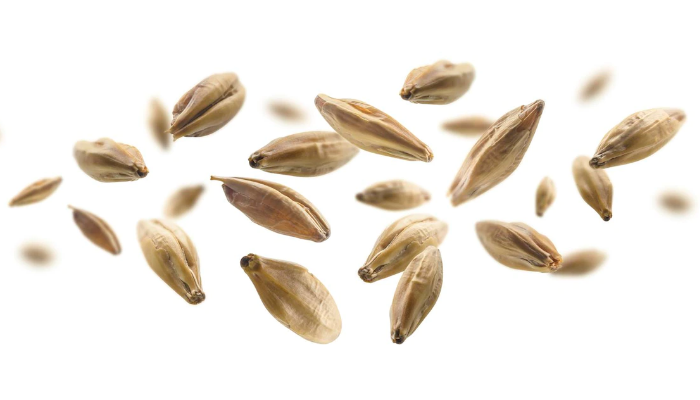Planning to set a Healthy Diet Plate? Look Here!
Table of Contents
Sometimes eating healthy and following a healthy diet plan can become complicated as you might not be aware of what you should eat exactly. There are many options for healthy food to eat but what suits you best remains ambiguous. To attain a healthy lifestyle, it’s necessary to seek the exact proportion of nutrients for maximum gains. A healthy diet plate is a balanced diet designed to produce the right amount of nutrition inside your body. If you want to make every bite count then this blog will help you to attain the perfect nutrition that suits your lifestyle.
A healthy diet plate must include carbohydrates, proteins, and fiber. It’s important to note what type of carbohydrate intake you indulge in. According to ICMR – National Institute of Nutrition, a healthy diet is recommended with the sourcing of macronutrients and micronutrients from at least 8 food groups per day. Carbohydrates including vegetables especially green veggies or fruits must cover half the plate of the recommended foods. Another quarter must complement the proteins like pulses.
If you want more advice on the weight gain foods list or other meal plans then talk to your personal nutritionist today on FITFEAST.
Note: The plate is suggested keeping in mind the Indian diet and the variety of foods that are conveniently available in your local groceries store.
Indulge in A Healthy Diet Plate by Filling it With:

½ of your plate must carry vegetables as they are the biggest source of vitamins and minerals. Your carb counts vary with each vegetable, other than the potatoes which carry starchy carbohydrates. Try to fill your half plate with veggies like broccoli, cabbage, mushrooms, tomatoes, brinjals, beans, or cauliflowers. Also, salads are the best source of fiber and good accompaniment to your meal. Add carrots, beetroot and cucumber alongside.
Or

Now, many people don’t prefer eating fruits along with wholesome meals. It’s always an open option to make a tasty combination of fruits and vegetables but if you are the one who keeps fruits for some separate time then go for the extreme composition. Fill in your half plate with fruits, including apples, bananas, oranges, etc. Fruits contain essential vitamins and minerals that can keep you full all alone.

It’s an authentic routine for every Indian to incorporate roti, chapati, or rice in their meal plan each day. Most Indian households don’t prefer eating their veggies alone. They always carry an accompaniment that seems to be an ideal idea so that any other alternative can never be an option. Whole grains can carry the right amount of carbs for you. Either put two whole-wheat chapatis, whole-wheat bread, brown rice, etc., or whole-wheat pasta on your plate to escalate your taste buds.

Daal is the best option in terms of consuming proteins. You can choose a variety of protein alternatives to put on your plates, including pluses, nuts, fish, and meat but in the right amount. Don’t go for red meat. Fish and tofu have recently been proven to be good sources of protein. Lean chicken is another alternative to incorporate into your healthy diet plan.

Our recommendation would always remain water. Water is the best natural drink to consume along with your meals as it can help you to control your appetite. You tend to eat less if you keep consuming water at regular intervals between your meals. Also, some have suggested that drinking a glass of water before each meal will develop a tendency to consume less amount of food. Considerably, our focus doesn’t go towards eating less but eating the right amount.
Avoid:
- Aerated, sugary, and processed beverages. They are of no good if you want to lose weight or build a better, healthy body.
- Fatty oils like Kacchi Ghani, and Dalda. Instead choose healthy vegetable oils like olive, soy, canola, sunflower, peanut, etc.
- Limit the intake of dairy products like milk. Reduce it to one serving per day if possible.
- Potatoes contain starch. They tend to negatively impact blood sugar levels.
- Fried items like fried fish, chicken, or french fries.
Our plan to attain a good and healthy body is not a fancy one but rather a simplistic approach to eat healthily, sleep well, and workout accordingly.


